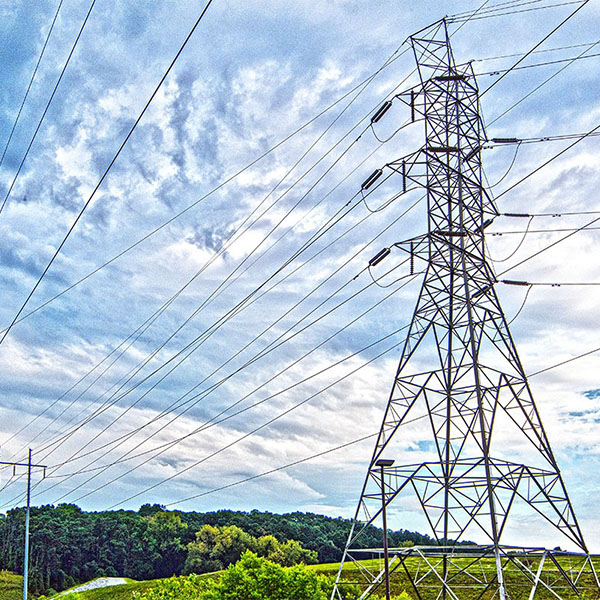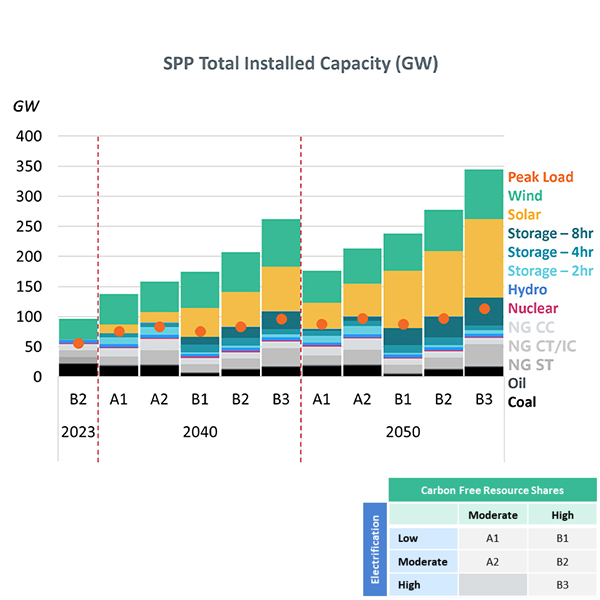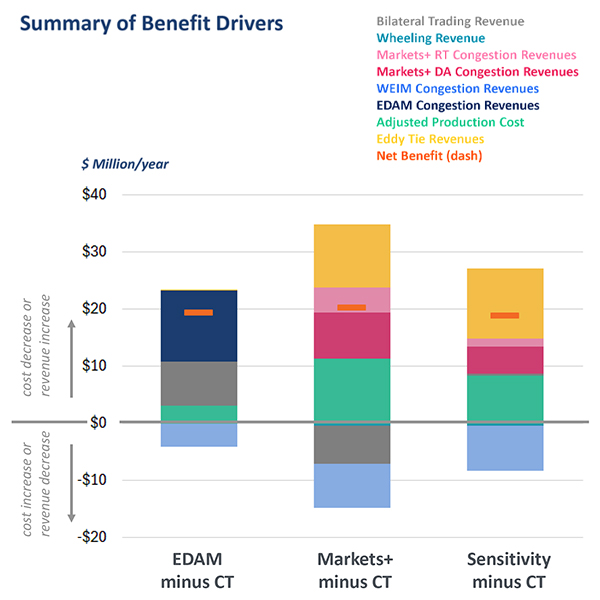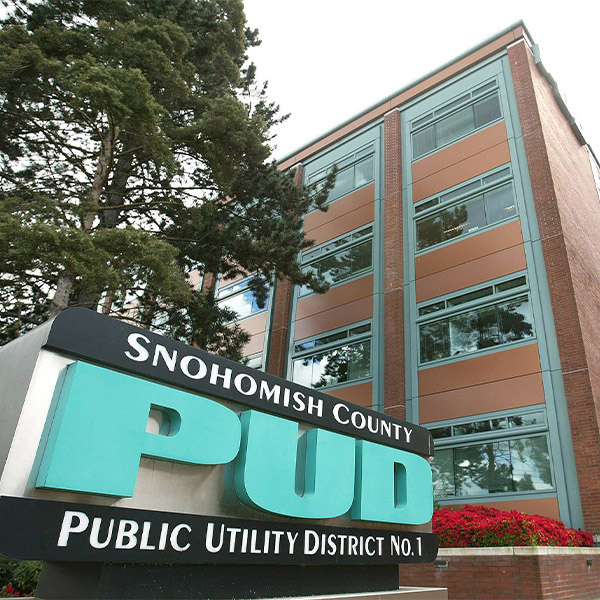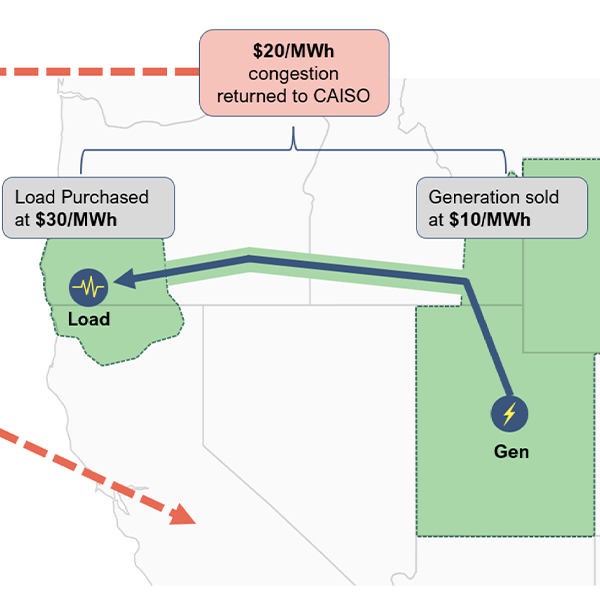The Brattle Group
ACP released a report produced by The Brattle Group laying out how organized markets can replicate the success CAISO and ERCOT have had in deploying energy storage resources.
A new Brattle report puts a spotlight on the Southeast as the only major U.S. region without thorough transmission planning and recommends it develop a portfolio of projects or risk failing to keep up with the times.
New York issued the first iteration of a plan to move the state toward greater use of flexible resources to meet future power needs while preserving reliability and affordability.
A study of SPP’s future energy and resource needs has found the grid operator will have to rely on thermal generation to maintain grid reliability into midcentury, but it will come at a cost.
A recent study that contributed to El Paso Electric’s decision to join SPP’s Markets+ rather than CAISO’s Extended Day-Ahead Market has raised questions among New Mexico regulators.
A New Mexico Public Regulation Commission workshop aimed to restore trust between the commission and El Paso Electric after the utility’s surprise announcement in January that it planned to join SPP’s Markets+.
Proponents of SPP’s Markets+ argued in their last “issue alert” that the day-ahead market option provides a robust footprint with “exceptional generation and load diversity” across the region while also claiming recent warnings about its seam with CAISO’s EDAM are overblown.
A Brattle Group study found that New York could achieve 8.5 GW in “grid flexibility” measures by 2040, saving consumers more than $2 billion a year.
The language for the proposed bill to implement “Step 2” of the West-Wide Governance Pathways Initiative stipulates the conditions under which CAISO and California utilities can participate in energy markets governed by an independent regional organization.
The new paper from Powerex is likely to reignite the debate between supporters of CAISO’s Extended Day-Ahead Market and SPP’s Markets+ just as the competition between the two markets approach critical junctures.
Want more? Advanced Search

